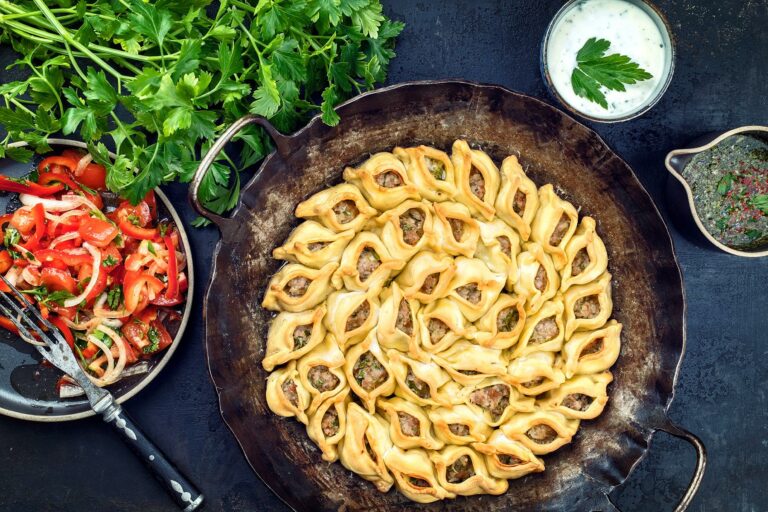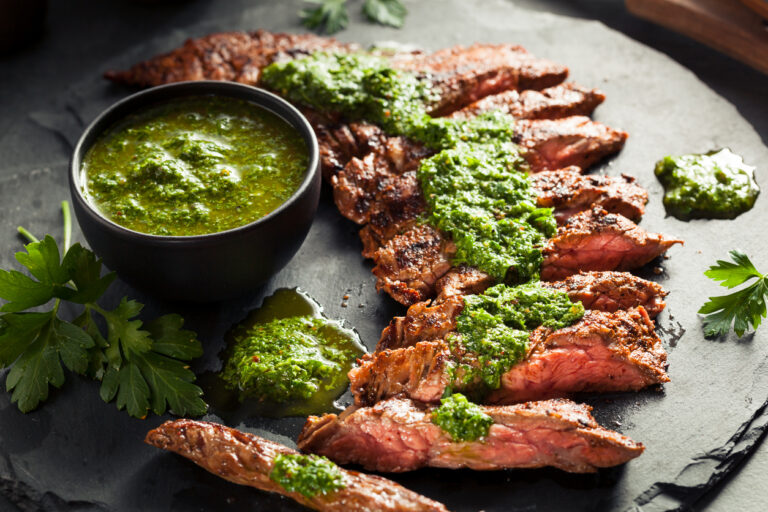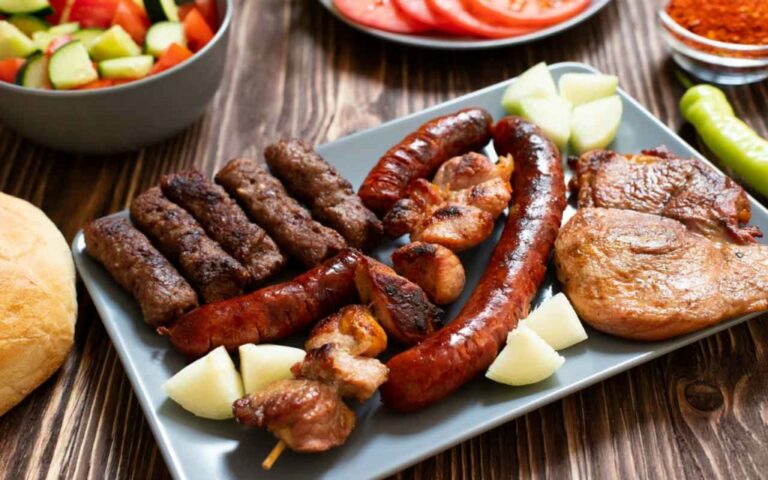Introduction to Australian Barbecue
Australian barbecue, commonly referred to as “barbie” is a popular and much-loved pastime in Australia. It is a social event that brings family and friends together, especially during weekends and holidays. Barbecuing in Australia is more than just cooking; it is a way of life that has been passed down from generations to generations. It is not just about the food, but also a chance to socialize, relax, and enjoy the outdoors.
Meat Cuts and Marinades
The meats that are commonly used for Australian barbecues include beef, lamb, pork, and poultry. These meats are often prepared with a marinade or rub before cooking. The marinades are usually made from a combination of herbs, spices, oil, and vinegar, which gives the meat a distinct flavor. The most popular marinade is the “barbie sauce,” a mixture of tomato sauce, Worcestershire sauce, and brown sugar. Some cuts of meat, such as sausages and burgers, are also commonly used in Australian barbecues.
Fuel Sources and Barbecue Tools
The traditional fuel source for Australian barbecues is charcoal, which gives the meat a distinct smoky flavor. However, gas barbecues are becoming more popular due to their convenience and ease of use. Barbecue tools such as tongs, spatulas, and barbecue forks are used to flip and turn the meat while cooking. Meat thermometers are also used to ensure that the meat is cooked to the correct temperature.
Weather and Outdoor Settings
As Australia is known for its warm and sunny weather, barbecuing is often done outdoors. Parks, beaches, and backyards are popular locations for barbecues. However, during the winter months, barbecuing may be done indoors using an electric grill or a stovetop grill. The outdoor setting provides a relaxed and casual atmosphere, where people can sit back, enjoy the food, and socialize.
Sauces and Accompaniments
In addition to the meat, sauces and accompaniments play an important role in Australian barbecues. A variety of sauces, including tomato sauce, mustard, and barbecue sauce, are used to enhance the flavor of the meat. Salad and vegetables, such as coleslaw, potato salad, and grilled vegetables, are commonly served as side dishes.
Social and Cultural Significance
Barbecuing in Australia is more than just a way of cooking; it is a social and cultural event that brings people together. It is a chance to relax, enjoy the outdoors, and socialize with family and friends. It is also a symbol of the Australian lifestyle and reflects the country’s love for the outdoors and its casual and laid-back approach to life.
Regional Variations in Barbecue Styles
While the basic concept of barbecuing is the same throughout Australia, there are regional variations in the style of barbecuing. For example, in the southern states, barbecuing is more focused on beef and pork, while in the northern states, barbecuing is more focused on seafood and exotic meats such as crocodile and kangaroo.
Comparison with Barbecue Traditions Worldwide
Australian barbecue has a unique style and flavor that distinguishes it from other barbecue traditions worldwide. While American barbecue is known for its use of dry rubs and slow-cooking techniques, Australian barbecue is known for its use of marinades and charcoal fuel. The Brazilian churrasco, which features skewered meats cooked over an open flame, is similar to Australian barbecue in its use of charcoal and outdoor setting. However, the focus is more on beef and pork rather than a variety of meats.










